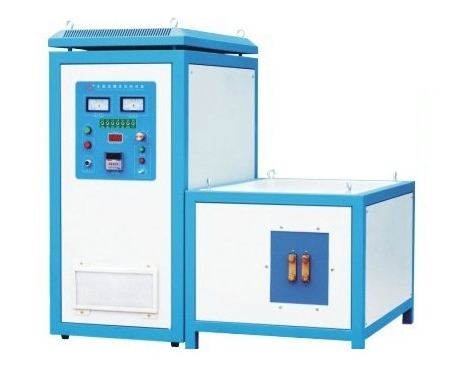- 25
- Feb
How to ensure the necessary conditions for the quality of induction heating quenching equipment
How to ensure the necessary conditions for the quality of imishini yokuqeda ukushisa
1. Reasonable parts excuse design and pre-heat treatment requirements
The design of the part structure should be suitable for the characteristics of induction heating, and its structure shape should be easier to obtain uniform heating. Should meet the technical requirements of induction heat treatment, the parts are required to be pre-heated, and the parts that require improved wear resistance are generally normalized; the parts or thin-walled parts that require high strength and high wear resistance are generally quenched and tempered. .
2. The correct selection of parts and materials, reasonable arrangement of processing procedures
It is generally appropriate to use intrinsically fine-grained steel as the material for induction heating heat treatment parts. Special parts also require selection of the carbon content of the steel. Commonly used steels are: 35, 40, 45, 50, ZG310-570, 40Cr, 45Cr35rMo, 42CrMo, 40MnB and 45MnB, etc.
Commonly used cast irons include: ductile cast iron, malleable cast iron, gray cast iron and alloy cast iron.
The pearlite content (volume fraction) of nodular cast iron for induction heat treatment is recommended to be 75% or more. It is more suitable for the pearlite content (volume fraction) to be greater than 85%, and the shape of pearlite is preferably flake; malleable cast iron requires graphite comparison Chop finely and distribute evenly.
3. Requirements for parts before quenching
(1) The materials of the parts meet the design regulations.
(2) The surface of the parts is clean and free of oil and iron filings.
(3) There are no defects such as bumps, cracks, corrosion, and oxide scale on the surface of the parts.
(4) The roughness pressure of the quenched part on the surface of the part should be equal to or better than Ra6.3μm, there must be no decarburization layer, burrs, crushing, etc. are not allowed.
(5) The parts have undergone normalizing and quenching and tempering in advance according to the process regulations, and the hardness meets the requirements. The grain size of the metallographic structure should be 5-8.
(6) The geometric dimensions of the parts meet the requirements of the process, and there are no missing processes or over-processes.

